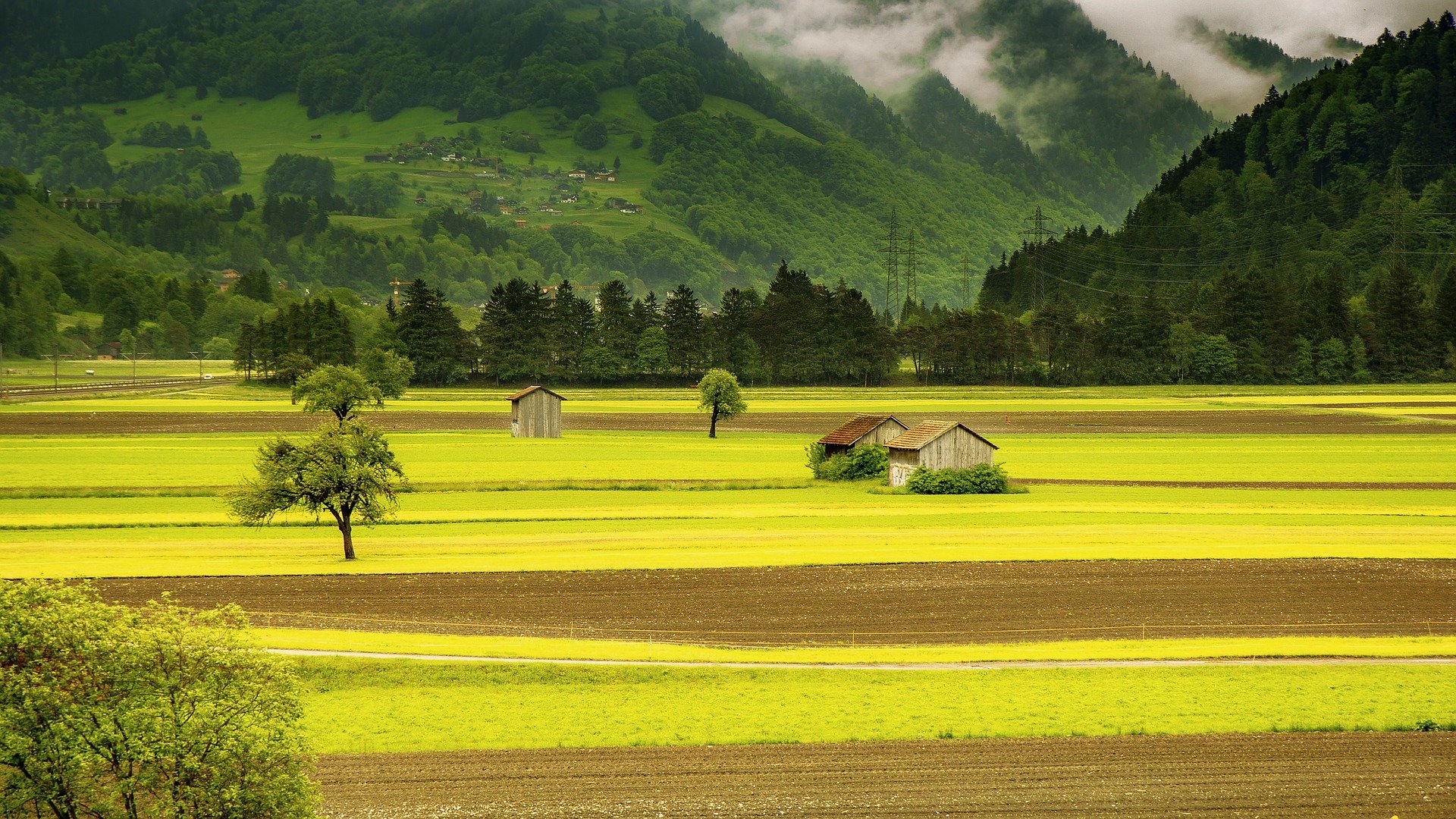
"Even though the current drought in Croatia is not the worst in the last 70 years, as is the case in Italy, it has caused extreme concern among Croatian farmers," state agency Hina both consoled and alarmed readers in their summary of an article on published by the Vecernji List daily on Wednesday.
"There has been no real rainfall in some of the Croatian regions for months," Hina said, citing vecernji List. "It is already clear that this year's corn yield will be 50 percent down from 2021, and in some areas it will drop by as much as 100 percent, notably in eastern Slavonia," Hina cited Vecernji which cited farmer Mato Brlosic from the national chamber of agriculture HPK as saying.
Extremely high temperatures, which in some areas have exceeded 40 degrees Celsius, have burned many crops planted in spring, with corn having been affected the most. "The situation with soy and sugar beet is not much better either, even though it could improve by some 20 percent in case of rainfall," Brlosic told Vecernji List, noting that he was "not optimistic." The sunflower is the only crop not affected by the high temperatures, he said.
"Because all of this, we expect farming costs to be higher in the autumn. Now that a kilo of wheat costs around 2 kuna and a kilo of sunflower is under 4 kuna, prices in shops should have been corrected down, but they have not. The price of sunflower oil has not dropped, nor has the price of flour. Quite the contrary, while we were paid a shamefully low 2.20 kuna per kilo of wheat last summer, prices of bread and rolls have since went up," Brlosic said.
He noted that spare parts for farm machinery were already 100-200 percent more expensive, and its the same with fuel, fertilizer, and insecticides.
Lack of precipitation, high temperatures and wildfires have also been affecting crop yields in France, Spain, Portugal, and Romania, with drought alerts in force in almost 46 percent of the entire EU territory.
"Since Croatia has irrigation in only 2.5 percent of its total area, 20 times less than Albania, and considering that even when times are good the country imports almost half of its fruits and vegetables, it is no wonder that retail prices have increased by at least 20-30 percent, which is also due to higher demand from tourists visiting the country," Vecernji List's reporter, Jolanda Rak-Sajn, was quoted as saying by Hina.
Kakvo je tvoje mišljenje o ovome?
Pridruži se raspravi ili pročitaj komentare



 Srbija
Srbija
 Bosna i Hercegovina
Bosna i Hercegovina
 Slovenija
Slovenija







